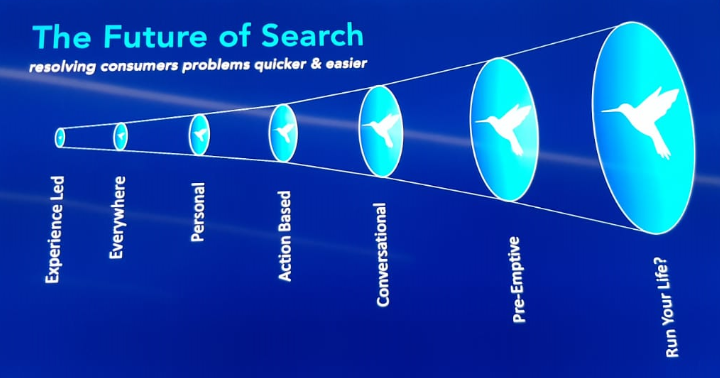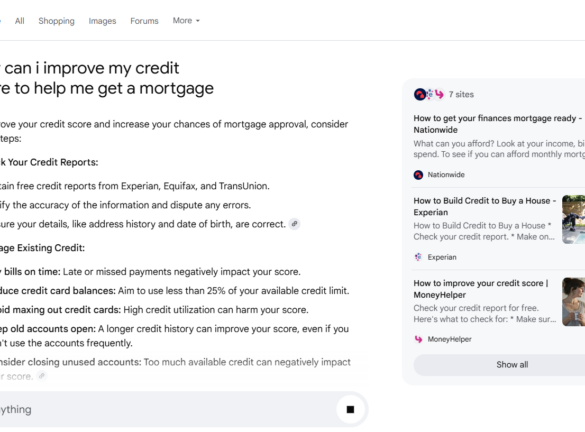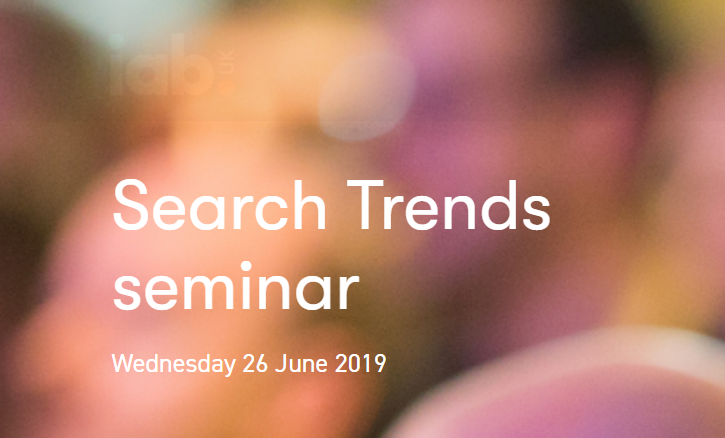
IAB Search Trends 2019 – Key Takeaways
On the 26th June we attended the IAB’s Search Trends Seminar, here are our key takeaways for anyone who didn’t make it or wants a refresher:
Google Ads – History of Ads
Google has experimented a lot through the years trying to make Google Ads relevant, engaging and extremely effective for every target audience.
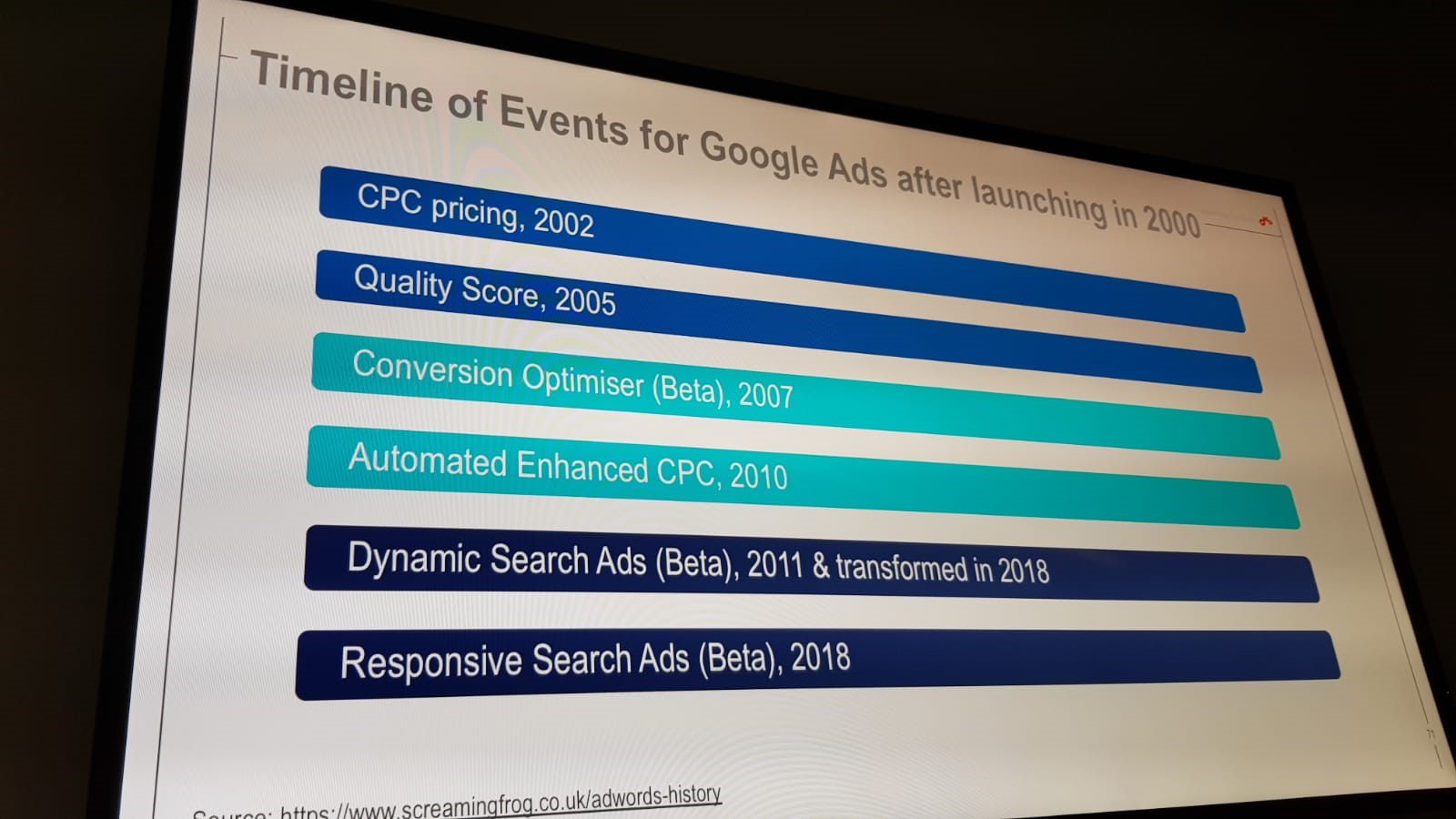
The greatest weakness that Google had with their ads in the beginning was that there was often a lack of relevancy between keywords and topic
Understandably, users have always trusted organic results more than Ads and Google is determined to change that by increasing the variety Ad choices, introducing automation in order to offer more accurate results within the SERP environment.
The Future of Google Ads in 2019
Inspirational and Gallery Ads in Beta will be introduced in the future. An innovation to expect, targeting:
-
- Undecided or browsing users
- A mobile only ad.
- Appear below the bottom text ads.
- Not keyword targeted, uses search behaviours from earlier in the journey.
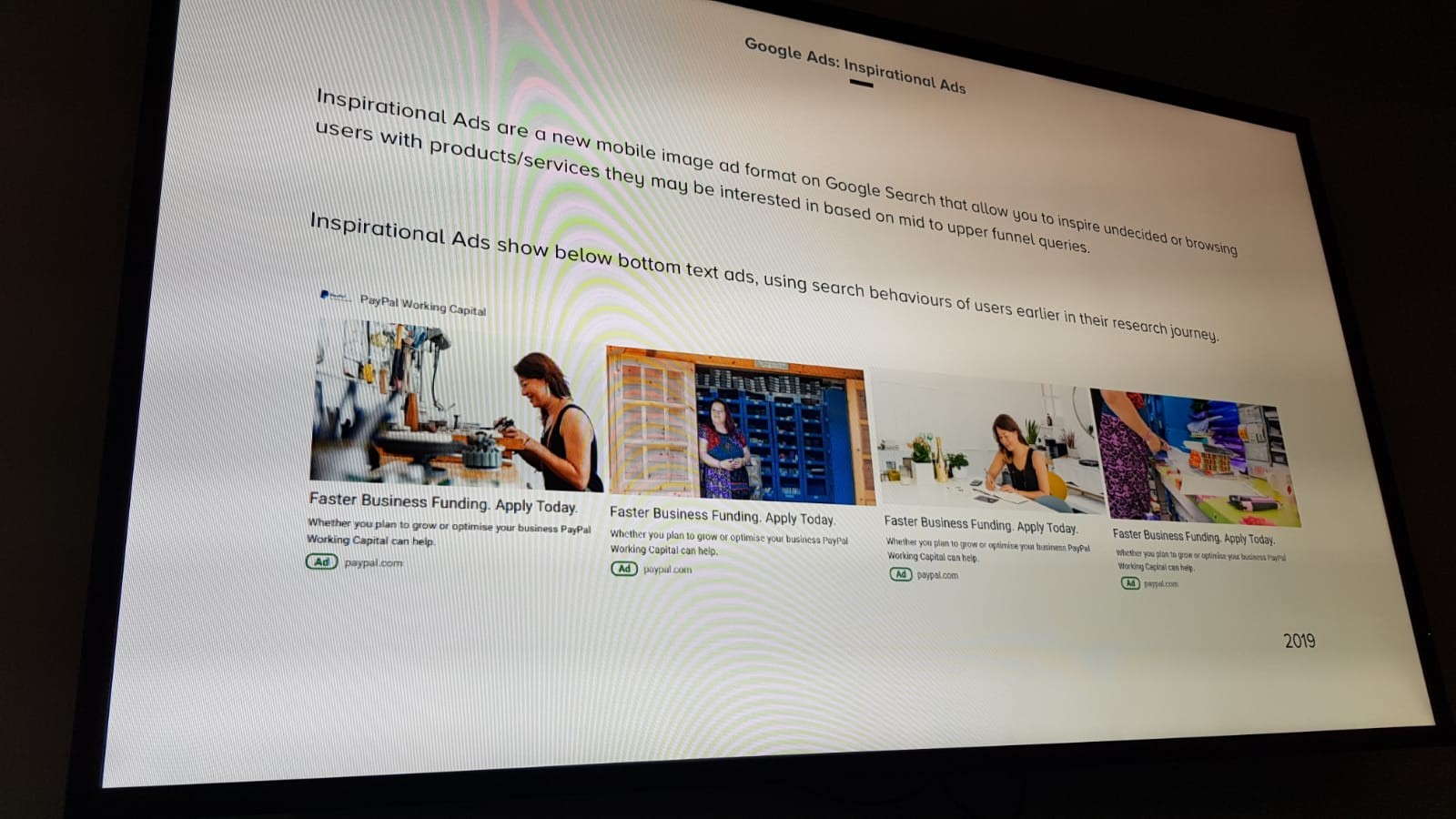
- Gallery ads
- Deliver rich, visual experience.
- Keyword targeted.
- Appear at top of SERP.
- Engaged reach – potential customers can swipe and expand the ad. Tap through to landing page.
- Pay per engagement:
- 2+ swipes on carousel
- Scrolling 2+ images in the UI
- Clicks to landing page
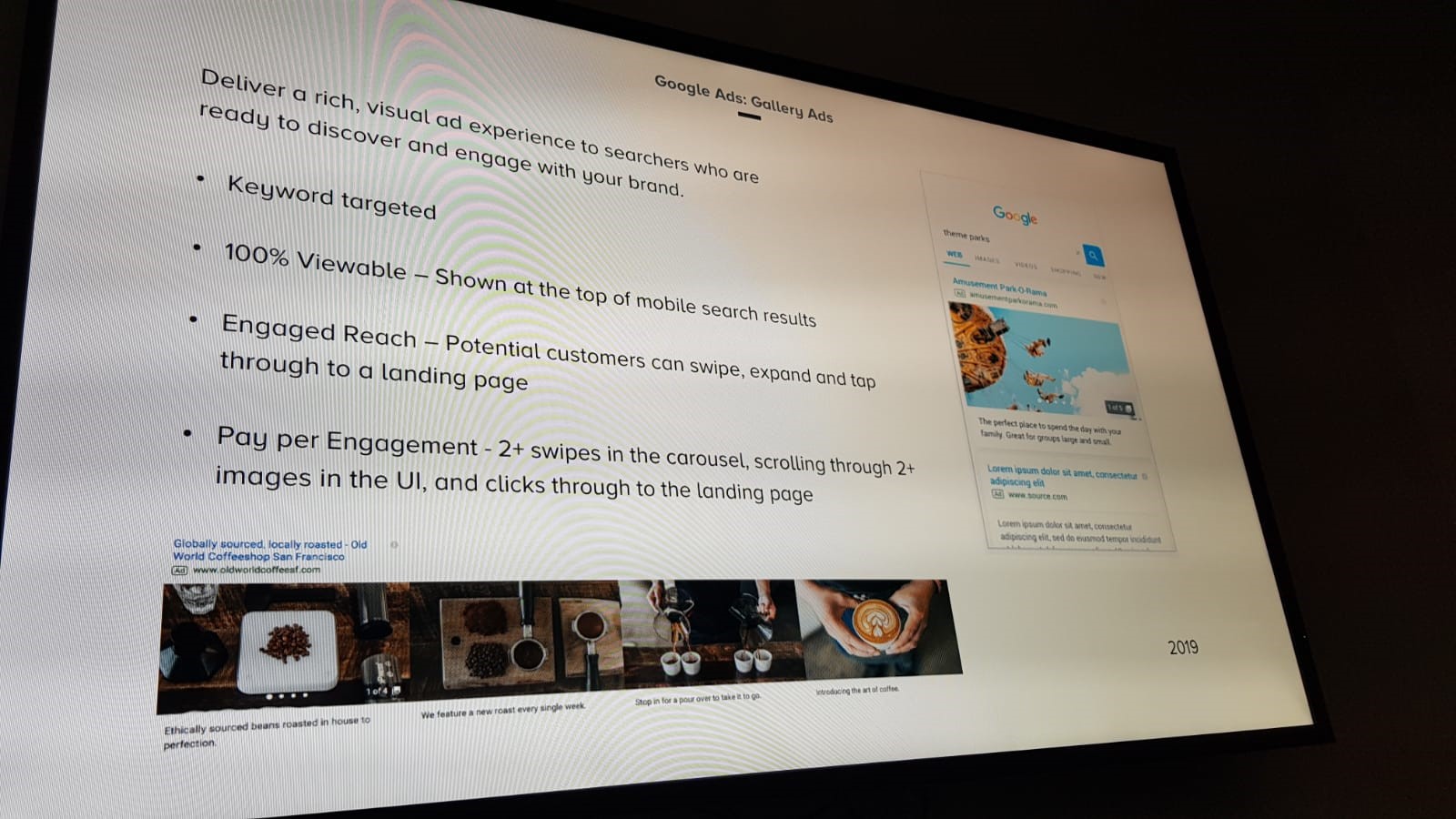
The mentality of eliminating zero-performing campaigns is what will bring marketing to the next level and we can do that by realising that search is just one piece of the customer journey.
Let’s walk through the steps with a simple example:
Karen needs insurance! What does her journey involve?
Step 1: Collect and connect

Step 2: Analyse and attribute
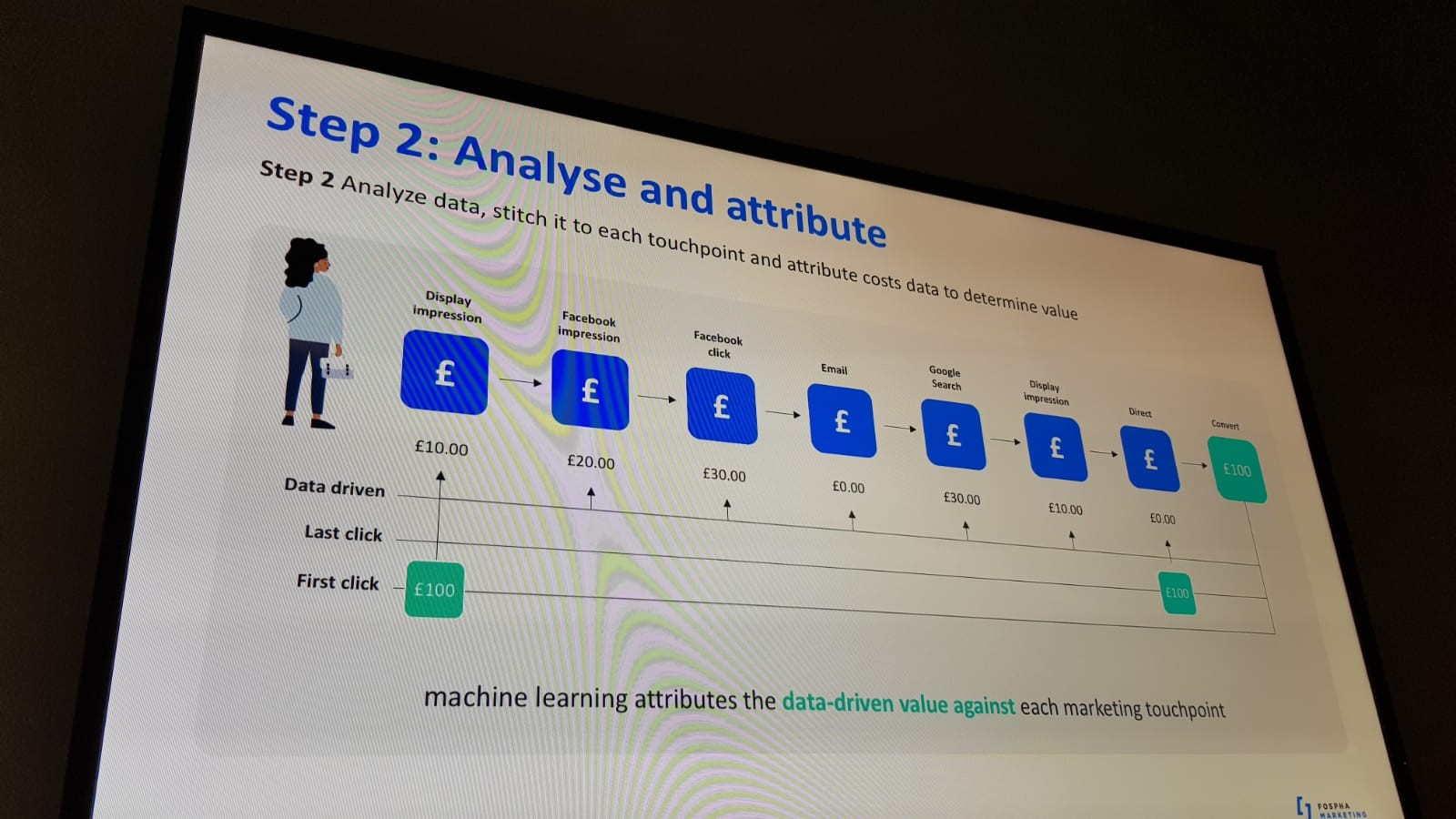
Step 3: Action and Automation

Key Takeaways to reduce waste in Search:
- Collect and connect your 1st party data
- Use providers who are breaking down silos, not creating new ones.
- Analyse and attribute with AI
- Make the robots do the work
- Action and automate
- Make the data actionable throughout your org and operationalise
The automation and evolution of Search
Google’s ultimate goal is not only to make the user’s life easier, but to actually offer the solution before even being asked (which is quite … intimidating?)
That’s why SEO’s are using different ways to simplify steps in order to focus on evolution.
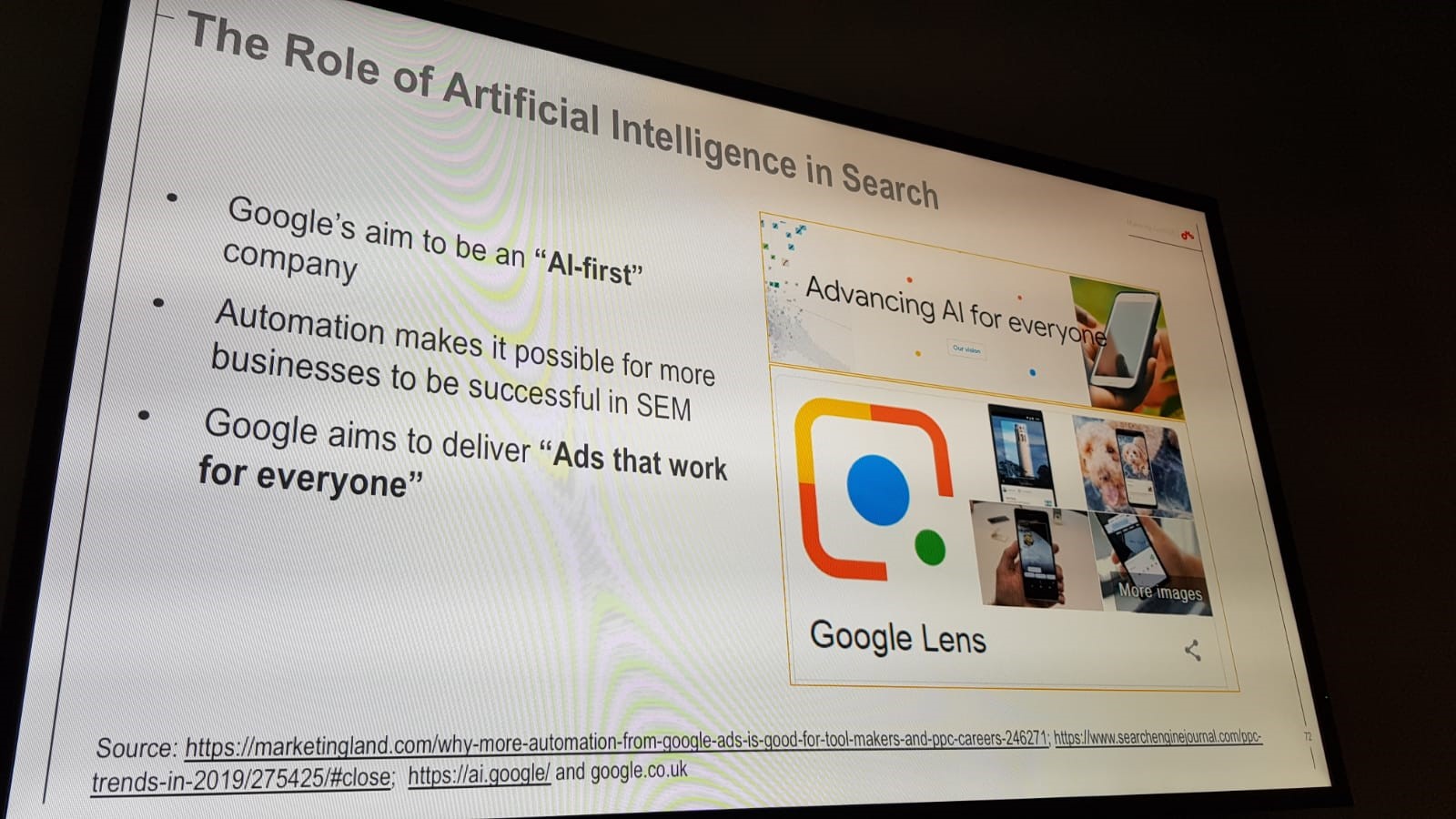
In 2018, mobile accounted for 52.2% of all web traffic generated worldwide and the need for convenience is only growing stronger.
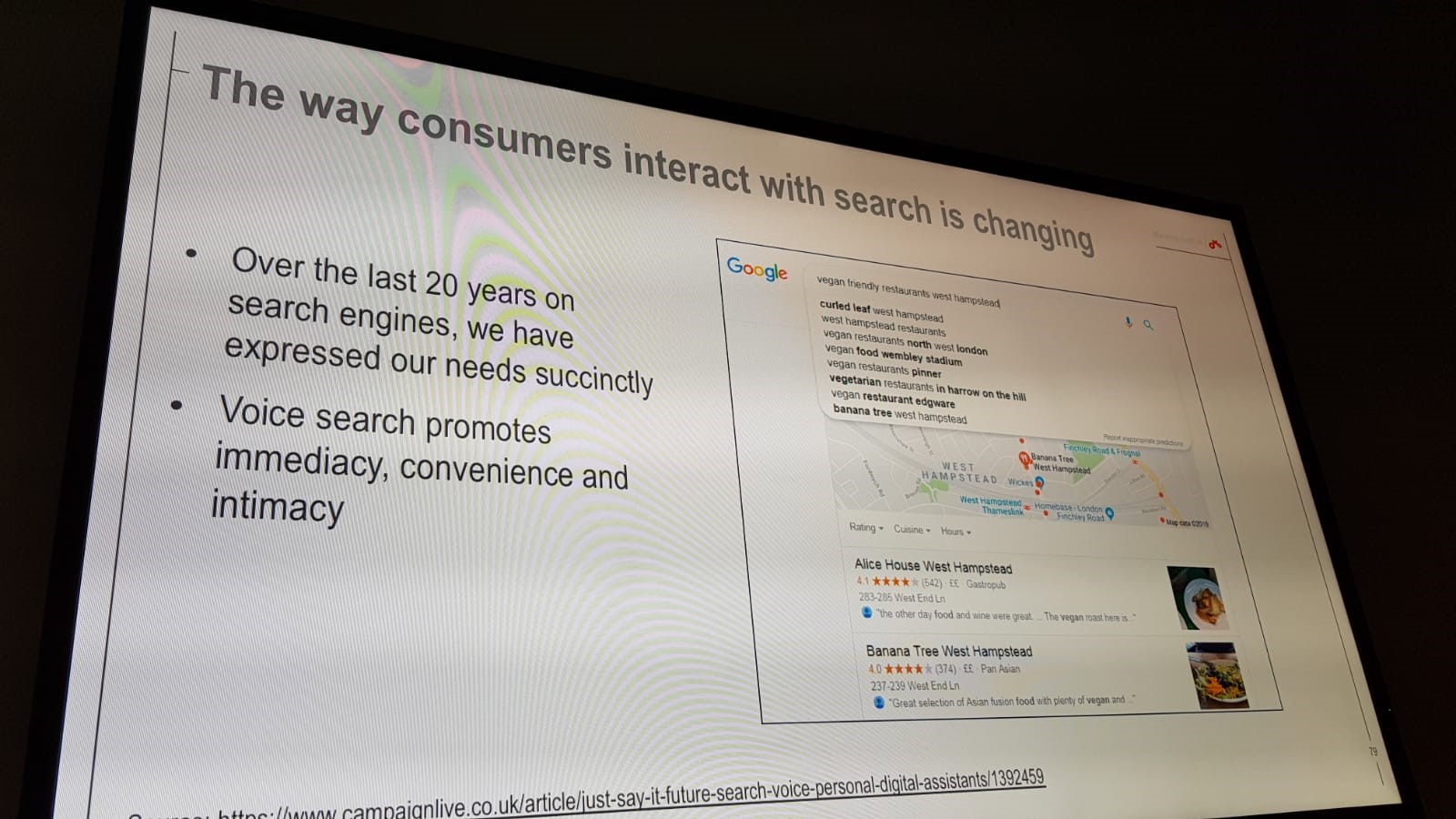
Voice search is set to become our own personal assistant.
- 81% of leading marketers agree that a capability in machine learning will be critical to provide personalized experiences along the consumer journey.
- One third of the time spent in the workplace involves collecting and processing data.
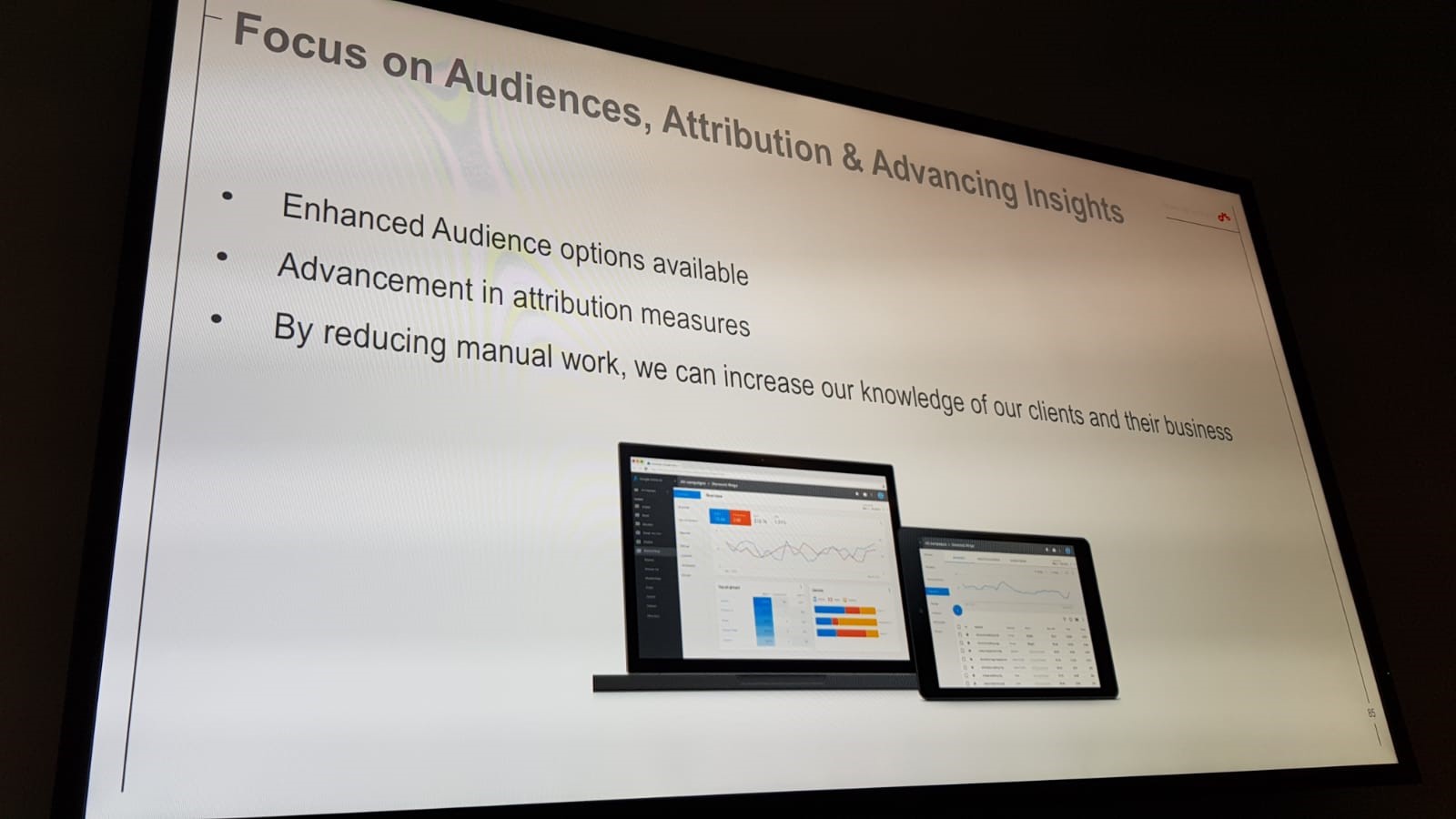
- Use Automation Opportunities to Build Scripts & Create Automation Based Specialisms
- Opportunities to learn Python, JavaScript etc.
- Build scripts, dashboards and forecasting documents
Key Takeaways:
- 15-16% of queries are being searched for the first time.
- Dynamic Search Ads provide coverage and security
- Responsive Search Ads provide more variants.
- Mobile generated 52.2% of all web traffic worldwide.
- People are looking for immediacy, convenience, intimacy in Search.
- Voice searches tend to be longer – 6-7 words.
- Text searches tend to be shorter 1-3 words.
- ⅓ of workplace time is spent collecting and processing data.
- The main benefit of automation is time saving
- Posits better use of audiences as another way to automate ads
Dynamic Search Ads (DSAs)
What are Dynamic Search Ads?
Dynamic Search Ads use Google’s organic web crawling technology to automatically target relevant search queries based on a retailer’s website content.
Deep Learning (DL) represents tomorrow, but it’s already here. DL is the core of Artificial Intelligence (AI) and Machine Learning (M) and all of them create endless possibilities.
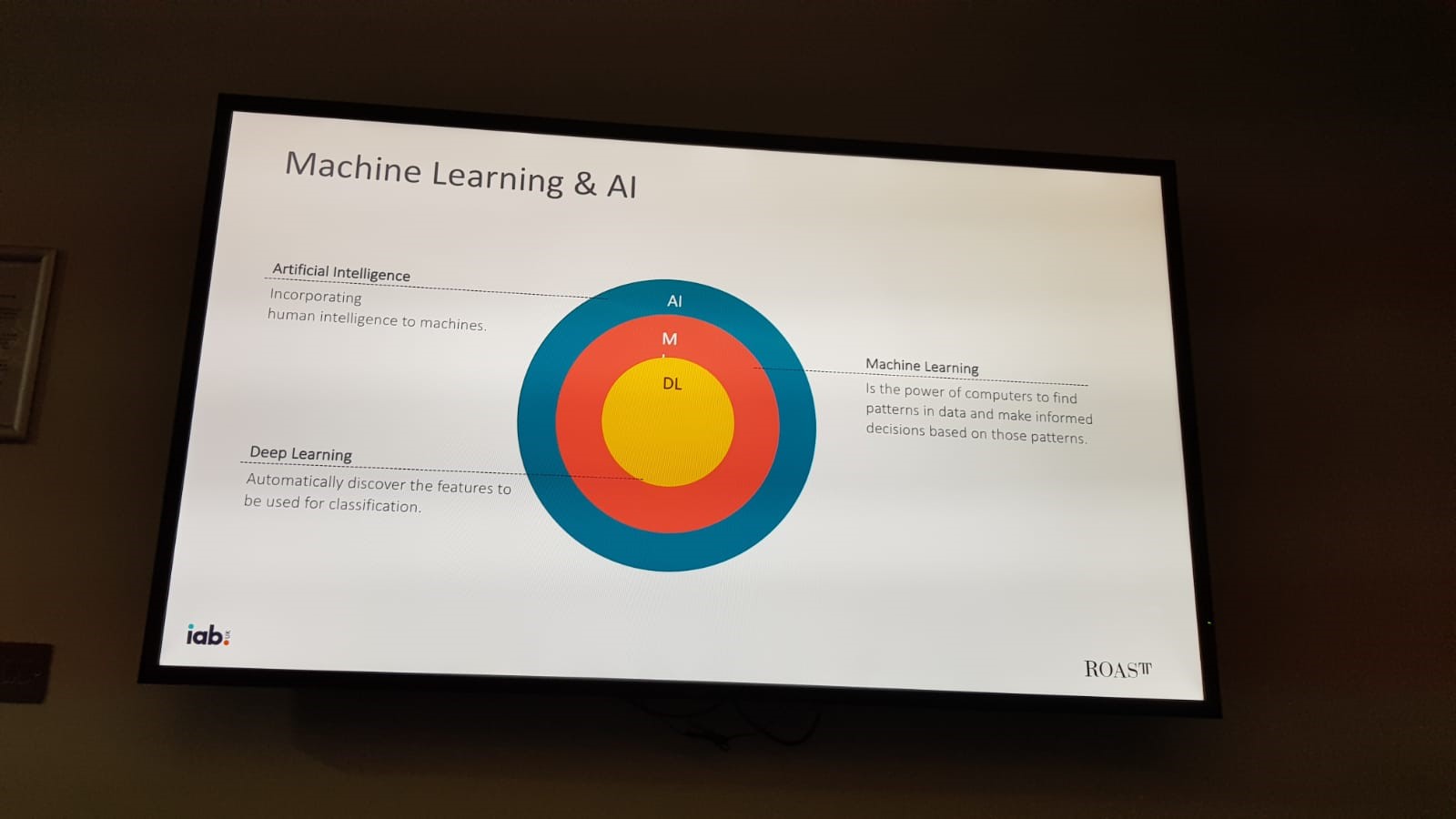
Why is automation needed?
Changes in user behaviour pose significant challenges for keyword coverage
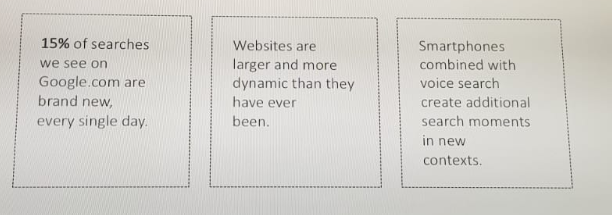
When DSAs are used correctly, you can see a major difference on the results. However, some key factors need to be always checked:
DSA Pros
- Save time -> Create Ads for an entire website
- Category targeting -> Target specific sections of a website
- Relevant Ads -> Dynamically create ads to match to users search query
- Expand your reach -> Find keywords not currently used in search campaigns
DSA Cons
- Less control -> Lower control over search terms than using [Exact Match] keywords
- Keyword Crossover -> Match with search keywords without cross negation
- Relies on appropriate site content -> Potentially reducing reach
- Not for frequently changing site -> Site crawling may have trouble keeping up with daily changes
Follow, adapt and think one step ahead in order to fully take advantage to all the changes, unless you are the one making them.
The Future of Search is closer than we think and when it comes to shopping 62% of younger consumers are wanting more options in visual search more than any other technology.

In fact we are getting to the point now where you don’t need to run your life anymore; Google will do it for you!
